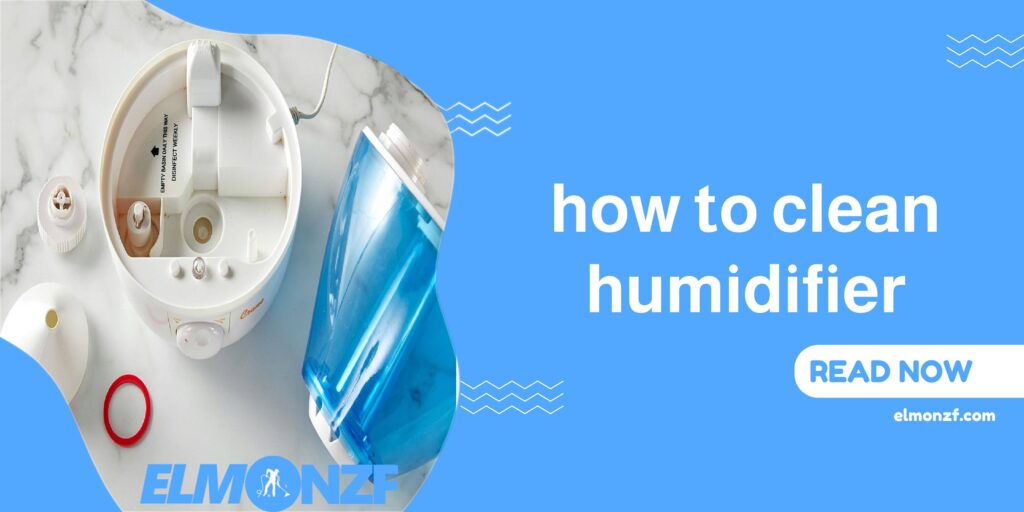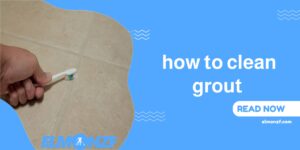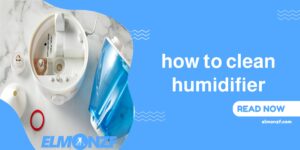how to clean humidifier ? Humidifiers are great devices that help improve the moisture levels in our indoor environments. However, to ensure their optimal performance and prevent the growth of harmful bacteria and mold, it is essential to regularly clean and maintain them. In this article, we will provide you with a comprehensive guide on how to clean a humidifier effectively.
Why is it important to clean a humidifier?
Cleaning your humidifier on a regular basis offers several benefits. Firstly, it helps to maintain the device’s efficiency by preventing mineral buildup. Secondly, it prevents the growth of mold, bacteria, and other pathogens that can be harmful to your health. Lastly, regular cleaning ensures that the mist produced by the humidifier remains clean and fresh, providing you with a comfortable and healthy environment.
Tools and materials needed
Before you begin cleaning your humidifier, gather the following tools and materials:
- Distilled water
- White vinegar or hydrogen peroxide
- Soft-bristle brush
- Microfiber cloth or sponge
- Toothbrush
- Mild dish soap
- Gloves (optional)
how to clean humidifier
Step 1: Unplug and disassemble the humidifier
how to clean humidifier ? Start by turning off and unplugging the humidifier. Carefully disassemble all removable parts, such as the water tank, filter, and nozzle. Refer to your humidifier’s user manual for specific instructions on how to disassemble it properly.
Step 2: Empty and rinse the water tank
Empty the water tank and pour out any remaining water. Rinse the tank thoroughly with warm water to remove any mineral deposits or impurities. Avoid using harsh cleaning agents that can damage the tank or leave behind residues.
Step 3: Clean the water tank and other removable parts
how to clean humidifier ? Fill the water tank with a mixture of equal parts distilled water and white vinegar or hydrogen peroxide. Allow the solution to sit in the tank for about 30 minutes to loosen any mineral deposits or bacteria. For stubborn buildup, use a soft-bristle brush or toothbrush to scrub the inside of the tank gently.
Similarly, clean the other removable parts of the humidifier, such as the filter and nozzle, using the same vinegar or hydrogen peroxide solution. Ensure thorough cleaning to remove any residue or impurities.
Step 4: Rinse and dry the parts
After cleaning, rinse all the parts with clean water to remove any traces of the cleaning solution. Use a microfiber cloth or sponge to wipe the surfaces dry. Allow all the components to air dry completely before reassembling the humidifier.
Step 5: Clean the humidifier base
how to clean humidifier ? Wipe the base of the humidifier with a damp cloth or sponge to remove any dust or dirt. Be careful not to get the electrical components wet. If necessary, use a mild dish soap to clean stubborn stains. Dry the base thoroughly before reassembling the humidifier.
Step 6: Reassemble and refill the humidifier
Once all the parts are dry, reassemble the humidifier according to the manufacturer’s instructions. Fill the water tank with clean distilled water, ensuring not to overfill it. Plug in the humidifier and set the desired humidity level as per your preferences.
Tips for maintaining a clean and efficient humidifier
- Clean your humidifier at least once a week, especially during periods of heavy use.
- Use distilled water instead of tap water to minimize mineral buildup.
- Replace the humidifier filter regularly, following the manufacturer’s recommendations.
- Regularly monitor the humidity levels in the room and adjust the settings accordingly.
- Store your humidifier in a clean and dry place when not in use.
Common mistakes to avoid
- Neglecting regular cleaning and maintenance.
- Using abrasive cleaners or harsh chemicals that can damage the humidifier.
- Allowing water to sit stagnant in the humidifier for extended periods.
- Overfilling the water tank, which can cause water to leak or damage the device.
- Failing to replace the humidifier filter as recommended.
FAQs
Q1: How often should I clean my humidifier?
It is recommended to clean your humidifier at least once a week, especially if you use it regularly.
Q2: Can I use tap water instead of distilled water?
While tap water can be used, it may contain minerals that can cause mineral buildup in your humidifier. Using distilled water helps minimize this issue.
Q3: Can I clean my humidifier with bleach?
It is not recommended to use bleach or other harsh chemicals to clean your humidifier, as they can be harmful if not rinsed thoroughly.
Q4: How do I know when to replace the humidifier filter?
Refer to the manufacturer’s recommendations for replacing the filter. Generally, it is recommended to replace the filter every 1-3 months, depending on usage.
Q5: Can I clean the humidifier with a dishwasher?
Most humidifier parts are not dishwasher safe. It is best to clean them manually as described in the article.
In conclusion, regular cleaning and maintenance are essential to keep your humidifier running efficiently and to ensure a healthy indoor environment. By following the step-by-step guide provided in this article, you can effectively clean your humidifier and enjoy the benefits of clean, fresh air. Remember to always refer to the manufacturer’s instructions for specific cleaning guidelines for your humidifier model.







